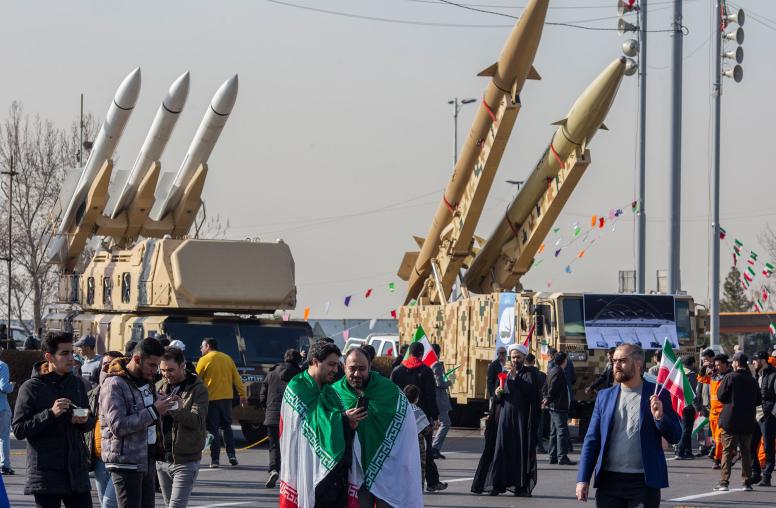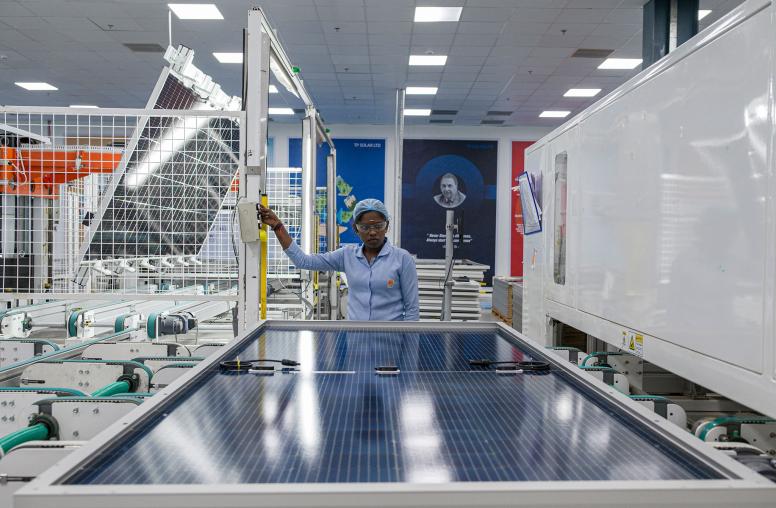While the international community has been closely watching the violent showdown between police and protesters in Hong Kong, many are concerned that the next crisis involving China could happen with Taiwan, a longstanding partner of the United States and a beacon of democratic values in East Asia. Beijing's increasingly aggressive policy toward Taiwan, a hardening of identities on both sides of the Strait, and President Tsai Ing-wen’s recent reelection in Taipei reflect two seemingly irreconcilable core interests: Beijing’s claim as the sole legitimate authority over “one China” and the Taiwanese people’s desire to maintain their unique identity and political system. Although official Cross-Strait negotiations remain deadlocked, young Chinese and Taiwanese people have been attempting to overcome this impasse through interactive conflict resolution (ICR).

Given this mounting level of distrust and potential for miscalculation, frank and open dialogue is more necessary than ever to build a path toward sustainable, active peace. In particular, ICR can serve as a useful mechanism to addressing these mounting tensions. Ronald Fisher, one of the pioneers of ICR, describes it as "problem-solving discussions between unofficial representatives of groups or states engaged in violent protracted conflict" with the goals of “deep understanding, mutual recognition and respect, and jointly acceptable and sustainable solutions."
The Strait Talk Symposium
One example of ICR at work comes from a civil society problem-solving workshop called the Strait Talk Symposium, in which I have participated as both a delegate and a facilitator. For the past 15 years, Strait Talk has sought to develop a “generation of peacemakers,” bringing together students and young professionals from the United States, Mainland China, and Taiwan for a week to understand each other’s perspectives and articulate a vision for peace through ICR.
What makes ICR unique is its emphasis on relationship building and mutual learning through dialogue centered on understanding personal experiences and identities, rather than a rigid debate on policy positions. My experience at Strait Talk has helped me understand that this kind of needs-based, grassroots dialogue is crucial to fostering greater mutual understanding and generating creative solutions to ostensibly intractable conflicts.
Instead of reinforcing divisions by immediately butting heads over heated issues—such as how Taiwan is represented in international organizations—ICR participants build a foundation of trust, beginning with each delegate sharing their own metaphor for the future of Cross-Strait relations. These ICR activities allow participants to identify the root drivers of the conflict as well as recognize the importance of meeting the basic needs of all sides. By the end of the workshop, delegates draft a consensus document outlining their collective vision for Cross-Strait relations that attempts to meet, rather than compromise, each side’s fundamental needs.
The fact that a group of individuals from three different societies can not only discuss their positions honestly but also agree on how to resolve their differences is a testament to the potential of this model of dialogue in transforming conflict. Compared to veteran diplomats or scholars who have spent decades polishing a certain theory, youth are often more amenable to looking at issues from new vantage points. This flexibility enables them to develop unconventional solutions. Unsurprisingly, Strait Talk participants report an improved understanding of the other side’s perspectives and a better sense of what could lead to the resolution of the conflict.
Beyond the Taiwan Strait, the lessons from ICR can be applied to build bridges across different cultures, political parties, and generations. A workshop on finding common ground on historical issues that USIP recently organized for students from the United States, Japan and South Korea provides an illustrative example.
This type of grassroots dialogue is most effective when it can “scale up” through a mechanism that links the new discoveries to high-level discourse. As noted in the USIP Peacemaker's Toolkit, proposed solutions from ICR workshops can have the most impact when they are “fed back into the track 1 [official] process and, if deemed promising, refined until an acceptable approach is found." Organizations like USIP can help maximize the impact of these dialogues by encouraging experts and government officials to listen to and incorporate some of the participants’ discoveries into policy and negotiations.
The words "dialogue" and “empathy” may ring hollow to some in our increasingly polarized society. While the world needs leaders who can articulate their societies’ values and defend their interests, we also need those who have the humility to listen to the voices of others and the courage to act on their suggestions.
As a Taiwanese delegate from the 2019 Strait Talk Symposium at Brown University reflected, “Our Facebook-dominated society has divided into two ‘greenhouses’ of people who are eager to vocalize their opinions, but not open their ears and hearts to others. Through ICR, however, we have begun the process of slowly peeling off our cocoons. Perhaps the fortress walls on each side are currently too high to change our positions, but at least we can try to understand each other and feel the emotions behind our stories … this is already a huge step toward alleviating our conflict.”
Paul Kyumin Lee is a program assistant for China and North Korea programs at the U.S. Institute of Peace.



